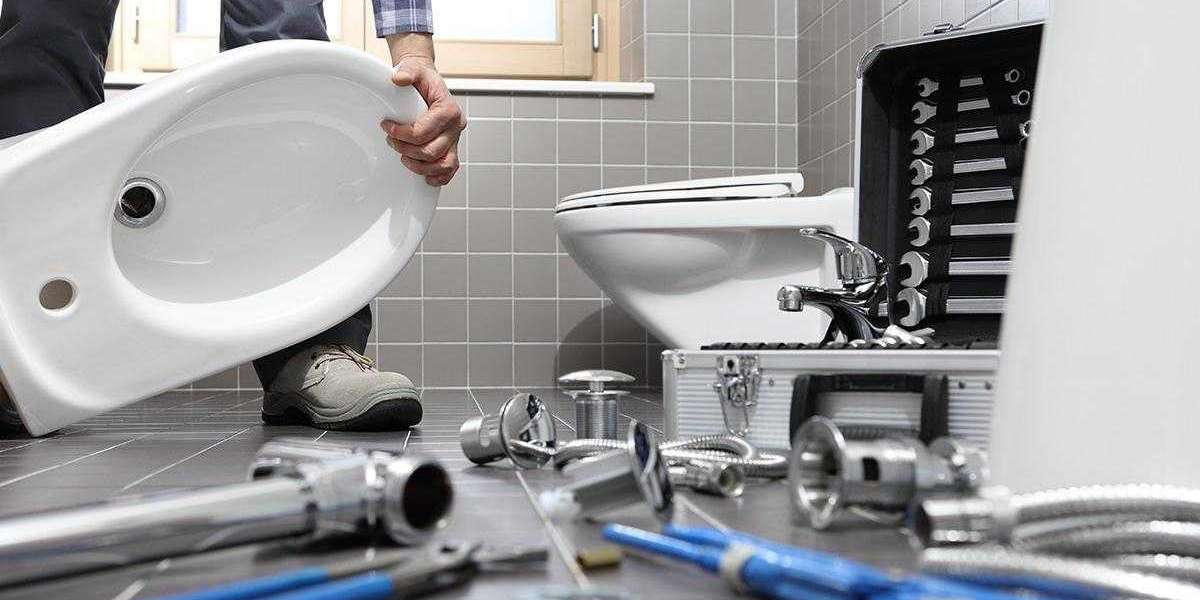3D printing has revolutionized the way we create objects, but it is not without its challenges. Understanding the common 3D printing emergencies can help you troubleshoot effectively and maintain a smooth printing process. In this article, we will explore various emergencies that may arise during 3D printing and provide practical solutions to address them swiftly.

Understanding 3D Printing Emergencies
What constitutes a 3D printing emergency? These situations can range from mechanical failures to material issues that disrupt the printing process. Recognizing these emergencies early can save time and resources. Here are some typical scenarios:
- Filament Jams
- Bed Adhesion Problems
- Layer Misalignment
- Overheating Components
Common 3D Printing Emergencies and Their Solutions
1. Filament Jams
Filament jams are among the most frequent 3D printing emergencies. They can occur due to a variety of reasons, including poor-quality filament or incorrect temperature settings. If you encounter a jam, consider the following steps:
- Pause the print and carefully remove the filament.
- Inspect the extruder for any debris or clogs.
- Ensure that the filament is of high quality and stored properly.
2. Bed Adhesion Problems
Another common issue is poor bed adhesion, which can lead to warping or detachment during printing. To mitigate this, you might want to:
- Clean the print bed to remove any grease or dust.
- Adjust the bed temperature according to the filament type.
- Use adhesion aids such as glue sticks or painter's tape.
3. Layer Misalignment
Layer misalignment can result from mechanical issues or incorrect settings. If you notice this problem, check the following:
- Ensure that the printer's belts are tight and properly aligned.
- Calibrate the printer's axes to ensure accurate movements.
- Examine the slicer settings for any discrepancies.
Preventing 3D Printing Emergencies
While it is essential to know how to address 3D printing emergencies, prevention is equally important. Regular maintenance of your 3D printer can significantly reduce the likelihood of emergencies. For more detailed safety tips, visit this resource.
Conclusion
In conclusion, being aware of the common 3D printing emergencies and their solutions can enhance your printing experience. By implementing preventive measures and knowing how to troubleshoot effectively, you can minimize disruptions and achieve successful prints. Remember, the key to mastering 3D printing lies in understanding both the technology and the potential challenges it presents.






